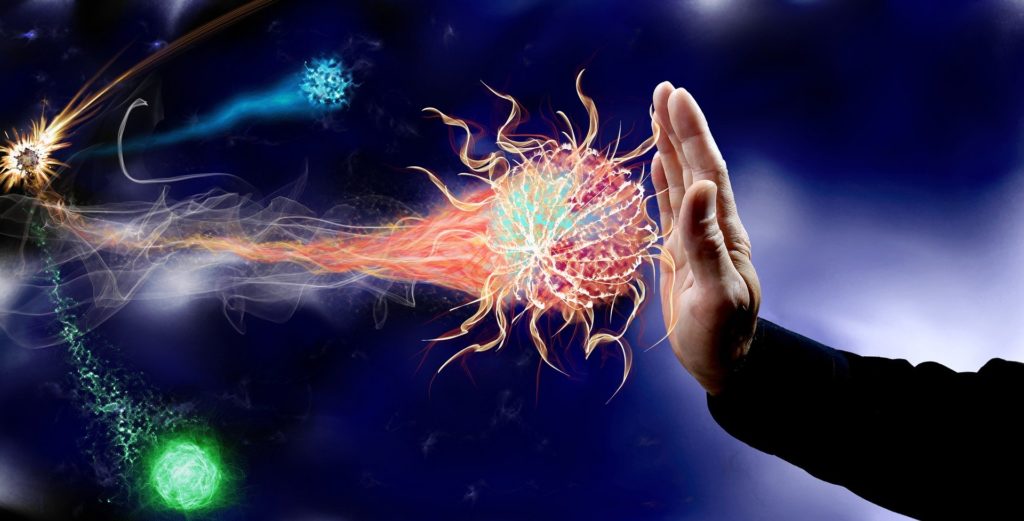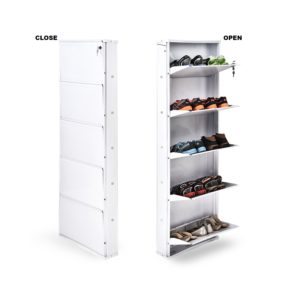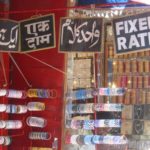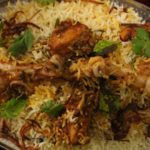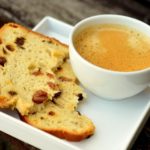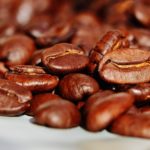Haemoglobin is a protein in the red blood cells that carry oxygen to your body. It transports carbon dioxide back to your lungs to be exhaled.
Iron is an important mineral and nutrient that is found in foods we eat, which when combines with certain proteins to becomes haemoglobin in your cells. The red blood cells are important as they carry oxygen from the lungs to the other parts of the body. Low iron levels may cause tiredness fatigue lethargic mood and extremely low levels may cause damage to the other organs.
The mayo clinic defines low haemoglobin count as anything below 13.5 grams per decilitre in men or 12 grams per deciliter in women. There are several reasons one may have low blood count including not enough iron-rich diet. too little iron can trigger internal energy crisis because oxygen helps convert food into energy. Also, you must check your haemoglobin before donating blood.
Many things cause low haemoglobin:
- Iron deficiency anaemia
- Pregnancy
- Liver problems
- Urinary tract infections
Besides some people have naturally low haemoglobin count without any underlying cause. Others have low haemoglobin but no symptoms. Low haemoglobin symptoms :
- Weakness
- Shortness of breath
- Dizziness
- Headache
- Cold hands and feet
- Pounding heartbeat
- Pale or yellow skin
- Dehydration
Low haemoglobin levels usually indicate that a person has anaemia. There are several kinds of anaemia:
- Iron-deficiency anaemia is the most common type. This form of anaemia occurs when a person does not have enough iron in their body, and it cannot make the haemoglobin it needs. Anaemia is usually caused by blood loss, but can also be due to poor absorption of iron. This can happen, for example, when someone has had gastric bypass surgery.
- Pregnancy-related anaemia is a kind of iron-deficiency anaemia, which occurs because pregnancy and childbirth require a significant amount of iron.
- Vitamin-deficiency anaemia happens when there are low levels of nutrients, such as vitamin B12 or folic acid (also called folate), in the diet. These anaemias change the shape of the red blood cells, which makes them less effective.
- Aplastic anaemia is a disorder where blood-forming stem cells in the bone marrow are attacked by the immune system, resulting in fewer red blood cells.
- Hemolytic anaemia can be the result of another condition, or it can be inherited. It occurs when the red blood cells are broken up in the bloodstream or the spleen.
- Sickle cell anaemia is an inherited condition where the haemoglobin protein is abnormal. It means the red blood cells are sickle-shaped and rigid which stops them flowing through small blood vessels.
Anaemia can also be caused by other conditions, such as kidney disease and chemotherapy for cancer, which can also affect the body’s ability to make red blood cells.
Eat foods rich in iron and folate Iron plays an important role in haemoglobin production. A protein called transferrin binds to iron and transports it throughout the body. This helps make red blood cells which contain haemoglobin.
Iron-rich foods can generate cell regeneration. Drinking tea and coffee reduces the iron content of the blood and should be avoided by people who suffer from anaemia. Foods poor in iron generally have lack of pigment. A rule of thumb is that white food is not good builders of red blood cells. There are some essential foods that we can focus on. The first step towards increasing haemoglobin on your own is to start eating more iron which includes 20 best foods for iron :
1)Liver and organ meats
2)Raisins
3)Shrimp
4)Shellfish
5)Beetroot
6)Beef
7)Broccoli
8)Kale
9)Spinach
10)Green beans
11)Cabbage
12)Beans and lentils
13)Tofu
14)Dates
15)Fortified cereals
16)Baked potatoes
17)Watermelon
18)Apples
19)Pomegranate
20)Strawberries
Folate is B vitamin that your body uses to produce heme the part of red blood cells. Without enough folate your blood cells cant mature. This can lead to folate deficiency anaemia and low haemoglobin count. You can add folate in your diet by
- Beef
- Black-eyed peas
- Avocado
- Lettuce
- Dried prunes
- Kidney beans
- Peanuts
Take iron supplements. If you need to raise your haemoglobin level by a lot, you may need to take oral iron supplements. However too much iron may cause a condition called hemochromatosis .this can lead to liver diseases such as cirrhosis and other side effects such as constipation, nausea and vomiting.
Work with your doctor to figure out the safe dose and avoids taking more than 25 mg at one time.
The National Institutes of health’s Office of dietary supplements recommends that men get up to 8 mg iron per day while women should get up to 18 mg per day. If you are pregnant you should aim up to 27 mg per day.
You should start noticing a difference in iron level after about a week to a month depending on the underlying condition that causes low haemoglobin.
Iron supplements should be kept carefully out of reach of children. If a child needs an iron supplement make sure that’s safe for children.
Children have a low volume of iron which makes them more vulnerable to iron poisoning.
Maximize iron absorption
Whether you increase your iron supplement through foods or supplements it is important to make sure that the body can process the extra iron that you put into it. The certain thing can either increase or decrease the amount of iron you put into it.
Things that can increase iron absorption:
When you eat something high in iron or take an iron supplement, try eating food rich in vitamin C or take a supplement at the same time. Vitamin C may help to increase the amount of iron that your body absorbs. Try squeezing some fresh lemon over iron-rich foods that increase absorption.
Foods high in vitamin C are like citrus strawberries and dark green leafy vegetables.
Vitamin A and beta carotene which helps the body produce vitamin A can also help your body absorb more iron. You can find vitamin A in animal and food sources such as fish and liver. Beta carotene is usually found in red yellow and orange foods such as carrots, winter squash, sweet potatoes and mangoes.
You can take a vitamin supplement as well but make sure you work closely with your doctor to figure out the safe dose. Too much Vitamin A can lead to a serious condition called hypervitaminosis A.
Calcium from both vitamins and food sources can make it harder for the body to absorb iron.
However, you mustn’t just eliminate calcium since its very essential for bones.
Iron is a very important mineral in the body which helps in taking care of anaemia and other problems. Proper absorption of iron is very essential in the body. Eating for good blood and better iron absorption is key for a healthy life.



